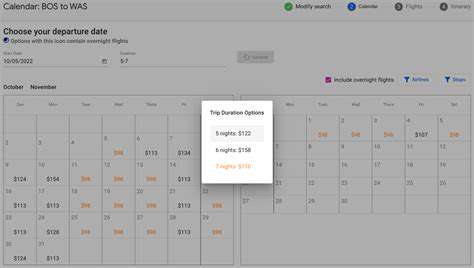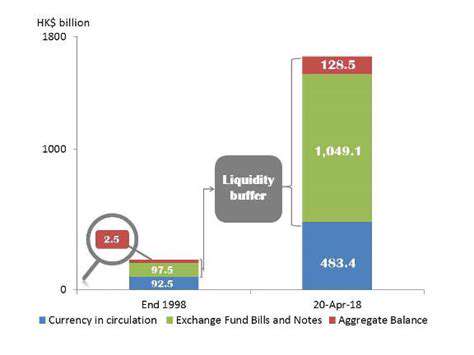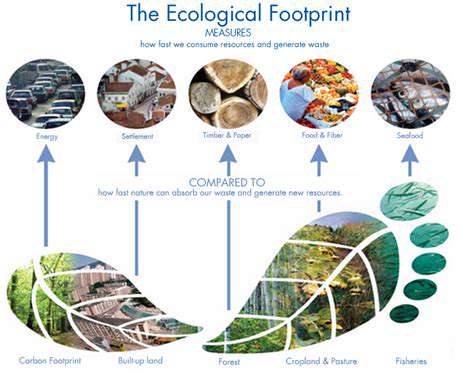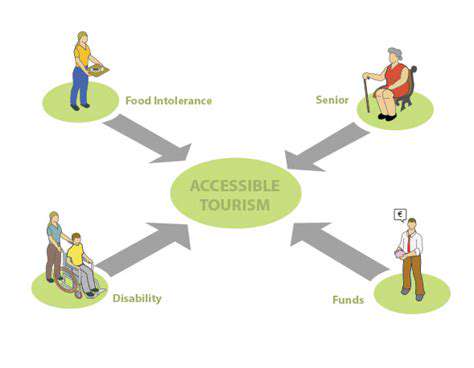Best Luggage for Different Travel Styles
For the Culture Seeker
Those collecting memories need expandable storage solutions. A convertible backpack-duffel hybrid or suitcase with collapsible compartments accommodates growing souvenir collections. Look for compression straps and modular designs that adapt as your haul expands. Pro tip: pack a foldable tote for last-minute finds to avoid overstuffing your main luggage.
For the Adventurous Explorer
Rugged terrain demands indestructible gear. Seek out abrasion-resistant materials like ballistic nylon and reinforced stress points at zippers and strap attachments. Adventure-ready packs often feature specialized loops for trekking poles, hydration bladder compartments, and quick-access pockets for trail essentials. Bonus points for self-repairing zippers and weatherproof coatings that laugh at monsoon rains.
For the Foodie Explorer
Culinary treasures require thoughtful transport. Insulated compartments with temperature-regulating liners keep delicate cheeses and chocolates intact. Look for spill-proof designs with wipe-clean interiors and odor-resistant fabrics. Some gourmet-focused bags even include removable wine bottle sleeves and crush-proof containers for fragile edible souvenirs.
For the City Hopper
Urban explorers need agile luggage that keeps pace. A compact spinner suitcase with 360° wheels dances through crowded subway stations, while a slim backpack tucks neatly under cafe tables. The winning formula: lightweight frames, grab-and-go accessibility, and sleek silhouettes that don't scream tourist in cosmopolitan settings.
The Family Adventure: Luggage for Every Member
Packing Essentials for Little Explorers
Kid-sized luggage should balance fun and function. Mini backpacks with ergonomic straps prevent strain, while playful prints make packing feel like an adventure. Reflective details enhance safety during evening explorations. Include a personal item pouch for each child - this builds responsibility while preventing the dreaded Mom, where's my...? chorus.
Luggage Solutions for Active Parents
Parental pack mules need indestructible gear. Seek out spinner suitcases with all-terrain wheels that roll smoothly from cobblestones to campgrounds. Convertible designs that transform from backpack to rolling case adapt to changing mobility needs. Bonus: hidden pockets for emergency snacks and stain wipes.
Maximizing Space for Tech-Savvy Travelers
Modern families require smart charging solutions. Luggage with built-in USB ports and cable management systems keeps devices powered without the spaghetti tangle. Waterproof tablet sleeves and drop-proof hard drive cases protect precious data. Pro tip: color-code charging cables to avoid morning departure chaos.
Comfort and Convenience for Grown-Ups
Adult luggage should work smarter, not harder. Look for suitcases with compression panels that create extra space as souvenirs accumulate. Garment folders with built-in wrinkle guards keep business attire presentable. The sweet spot? Lightweight yet sturdy construction that doesn't sacrifice capacity for comfort.
Budget-Friendly Family Options
Smart shoppers know value isn't about price tags. Durable polycarbonate shells often outlast cheaper alternatives, saving replacement costs long-term. Consider modular luggage systems that grow with your family - add-on pieces often cost less than complete sets. Off-season sales and loyalty programs can yield surprising deals on quality gear.
Safety and Security Considerations
Peace of mind starts with smart design. TSA-approved locking systems prevent unwanted access while complying with regulations. RFID-blocking pockets safeguard passports and credit cards. For extra security, choose luggage with unique identifiers like custom color combinations to prevent accidental swaps at baggage claim.
Sustainable Travel Luggage
Eco-conscious families have growing options. Look for luggage crafted from recycled ocean plastics or plant-based materials - these often match conventional gear in durability. Some brands offer repair programs to extend product lifecycles. Bonus: many sustainable lines use non-toxic dyes, making them safer for little hands to handle.
Mastering case study interviews begins with recognizing their predictable rhythm. These assessments typically unfold in distinct phases, starting with scenario presentation before probing deeper into analysis and solution development. Recognizing this structure allows candidates to navigate the conversation strategically rather than reactively.
The Frequent Flyer: Efficiency and Space-Saving Solutions

Maximizing Travel Efficiency
Seasoned travelers know efficiency stems from meticulous pre-planning. Analyzing airport layouts, identifying optimal security lanes, and selecting strategic boarding positions can save precious minutes. These small efficiencies compound throughout a trip, reducing stress and creating margin for unexpected delays.
Leveraging Technology for Optimal Travel
Modern travel apps do more than track flights - they predict disruptions before they occur using AI pattern recognition. Savvy travelers cross-reference multiple data sources, using apps that aggregate real-time information from airlines, airports, and fellow passengers. The most prepared maintain digital backups of critical documents in encrypted cloud storage.
Strategic Route Selection and Timing
Flight connections represent make-or-break moments for frequent travelers. The magic formula: minimum 90-minute layovers at familiar hub airports, avoiding last departures that lack rebooking options. Early morning flights statistically experience fewer delays, while midweek travel often means lighter airport crowds.
Accommodation Selection and Location
Business travelers should prioritize hotels within walking distance of key meeting locations. When multiple sites are involved, central locations near major transit lines maximize flexibility. Elite status programs often grant room upgrades that include workspaces - effectively creating mobile offices in each destination.
Packing Essentials for a Smooth Journey
The frequent flyer's secret weapon? A meticulously curated toiletry kit that never unpacks. Maintaining duplicate chargers, travel-sized essentials, and a standardized packing list eliminates last-minute scrambles. Compression packing cubes create visual organization while maximizing every cubic inch of suitcase real estate.
Prioritizing Connections and Transfers
Airport navigation becomes an art form for the well-traveled. Memorizing terminal maps, identifying shortcut corridors, and tracking real-time gate changes through airline apps can mean the difference between a missed connection and a stress-free transfer. Always have a backup plan - know alternative routes and later flights.
Understanding Travel Policies and Regulations
Status match programs and credit card benefits often unlock hidden travel perks. Deep knowledge of baggage fee structures, lounge access policies, and rebooking options pays dividends during disruptions. The most prepared travelers keep policy screenshots offline - crucial when Wi-Fi is unavailable during operational meltdowns.





![How to Travel on Points and Miles [Travel Hacking]](/static/images/27/2025-05/StayingUpdatedontheLatestTravelHackingTrendsandOpportunities.jpg)





